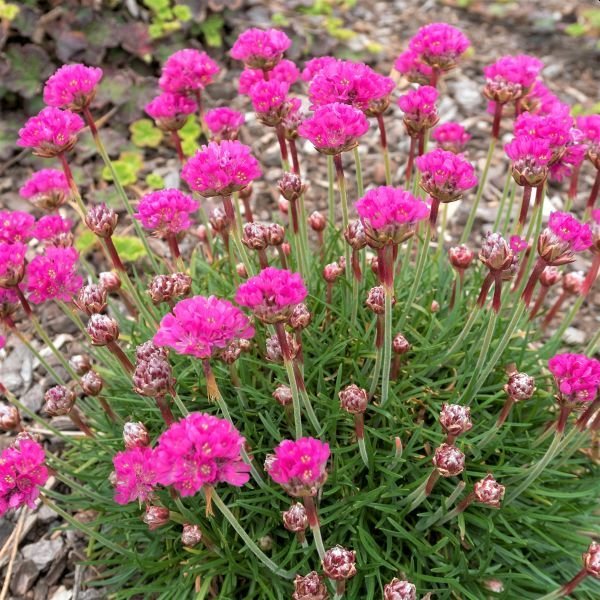Everybody talks about pollinators and that we need pollinator-friendly gardens. They mention their concern about the risk of herbicides and pesticides on these creatures, but do you truly understand their significance?
To put it simply, if we didn’t have pollinators, there would be world-wide famine. We would starve.
Pollinators consist of certain insects and birds along with a few mammals and even reptiles.
Pollinators help deliver pollen from a flower to the stigma of a flower. This allows the plants to develop fruit and seeds so they can reproduce. Without this process, many plants would eventually die out and we simply wouldn’t have the fruits or grains that we rely on for a large part of our food.
Right now, insects are dying off in huge numbers. According to the Cornell Lab fo Ornithology, bird populations have decreased by 30% since 1970 - approximately 2.9 Billion birds! This is a huge loss!!!
We’re not sure of all of the reasons but we can point to global warming, pollution including herbicides and pesticides and habitat loss.
You can do your part to help:
Plant some pollinator-friendly plants
Avoid the use of chemicals in your yard
Create wildlife-friendly spaces
Do your research.










